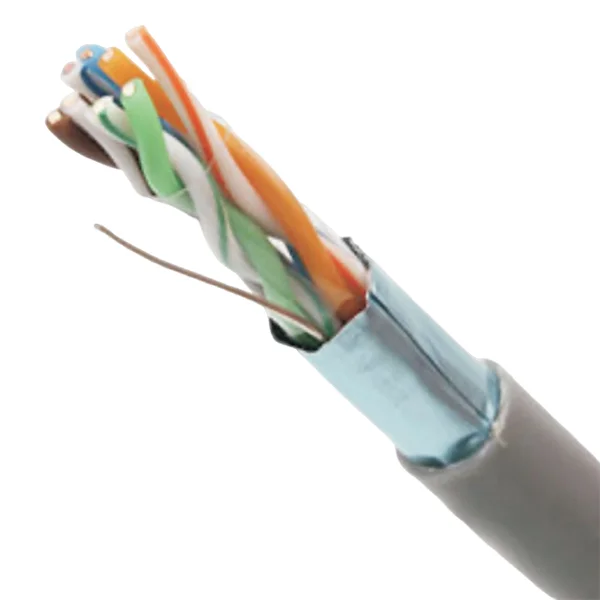DIY Electric Brake Controller Installation: A Comprehensive Guide for the Modern Towing Enthusiast
3 min readWhen it comes to towing heavy loads, safety and control are paramount. One of the most critical components in ensuring a smooth and secure towing experience is the electric brake controller. Many vehicle owners ponder the question: Can you install an electric brake controller yourself? The answer is a resounding yes, provided you have the right tools, knowledge, and a bit of patience. In this article, we will delve into the intricacies of electric brake controller installation, offering a step-by-step guide, essential tips, and common pitfalls to avoid.
Understanding Electric Brake Controllers
Before diving into the installation process, it’s essential to understand what an electric brake controller is and how it functions. An electric brake controller is a device that activates the trailer's brakes in proportion to the vehicle's braking force. This proportional braking ensures that the trailer stops smoothly and reduces the risk of jackknifing or losing control.
There are two primary types of electric brake controllers: time-delayed and proportional. Time-delayed controllers apply the trailer brakes after a preset delay, while proportional controllers adjust the braking force based on the vehicle's deceleration. Understanding these differences will help you choose the right controller for your towing needs.
Tools and Materials Needed
Before starting the installation, gather the following tools and materials:
- Electric Brake Controller: Choose a model that suits your vehicle and trailer specifications.
- Wiring Harness: Ensure compatibility with your vehicle's make and model.
- Basic Hand Tools: Screwdrivers, pliers, wire strippers, and a socket set.
- Electrical Tape: For securing connections.
- Multimeter: To test electrical connections.
- Drill: If mounting brackets need to be installed.
Step-by-Step Installation Guide
Step 1: Prepare Your Vehicle
- Disconnect the Battery: Safety first! Disconnect the negative terminal of your vehicle's battery to prevent any electrical shorts during installation.
- Locate the Tow Package Connector: Most modern vehicles come equipped with a factory tow package. Locate the 7-pin connector, usually found near the rear of the vehicle.
Step 2: Mount the Brake Controller
- Choose a Location: Select a mounting location within easy reach of the driver, typically under the dashboard or on the center console.
- Install the Mounting Bracket: Use the drill to secure the mounting bracket in place, ensuring it is at a comfortable height and angle for operation.
Step 3: Wiring the Controller
- Connect the Wiring Harness: Follow the manufacturer’s instructions to connect the wiring harness to the brake controller. Typically, this involves connecting color-coded wires.
- Connect to the Tow Package: Use the wiring diagram provided with your brake controller to connect the harness to the vehicle’s tow package. This usually includes connections for power, ground, brake signal, and trailer brakes.
- Secure Connections: Use electrical tape to secure all connections and prevent any exposure to moisture or corrosion.
Step 4: Testing the Installation
- Reconnect the Battery: Once all connections are secure, reconnect the negative terminal of the battery.
- Test the Brake Controller: Use a multimeter to ensure that the brake controller is receiving power. Activate the brake pedal and check that the controller responds appropriately.
- Test with a Trailer: If possible, connect a trailer and perform a test drive to ensure the brakes engage smoothly and proportionally.
Common Pitfalls to Avoid
- Inadequate Power Supply: Ensure that the brake controller is receiving sufficient power from the vehicle’s electrical system. A weak connection can lead to poor performance.
- Incorrect Wiring: Double-check all wiring connections against the provided diagram. Incorrect wiring can cause the controller to malfunction or damage the vehicle’s electrical system.
- Neglecting to Test: Always test the installation before hitting the road. A malfunctioning brake controller can lead to dangerous towing situations.
Conclusion
Installing an electric brake controller yourself is not only feasible but can also be a rewarding experience that enhances your towing capabilities. By following the steps outlined in this guide and taking the necessary precautions, you can ensure a safe and efficient installation. Remember, while DIY projects can save money, if you ever feel uncertain about any aspect of the installation, consulting a professional is always a wise choice. Happy towing!

